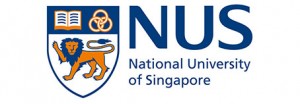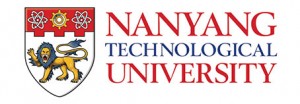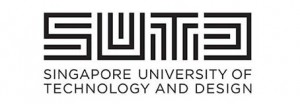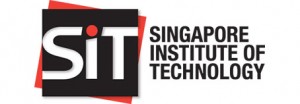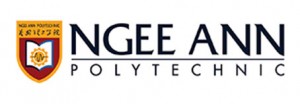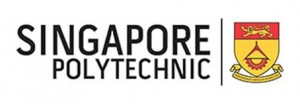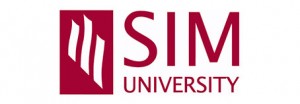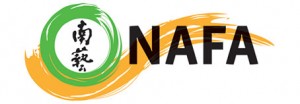NUS started out as a modest medical school in 1905 and now has became Singapore’s flagship university consistently ranked first in Asia and recognised as among the best in Asia, and the world. It provided with 17 faculties and schools, and 2,000 modules each semester. 8 in 10 of their undergraduates go on study-abroad programmes with over 300 top universities across 50 countries.
Inaugurated on 1 July 1991, Nanyang Technological University (NTU Singapore) is now ranked 13th globally and also placed 1st amongst the world’s best young universities. Started out as a teaching university and has now transformed into a research-intensive global university, own its colleges of Engineering, Business, Science, Humanities, Arts, & Social Sciences and etc.
Established in 2000, SMU is now internationally recognised for its world-class research and distinguished teaching. Its education is known for its highly interactive, collaborative and project-based approach to learning, and for its technologically enabled pedagogy of seminar-style teaching in small class sizes.
SUTD is established in collaboration with MIT and other institutions such as ZJU and SMU to advance knowledge and nurture technically grounded leaders and innovators to serve societal needs. It is to deliver a myriad of opportunities for students, faculty, partners and staff. It is a design-centric education provided with a small class ratio.
SIT was established in 2009 to provide more upgrading opportunities for Polytechnic upgraders to obtain industry-focussed degrees. SIT endeavours to develop individuals who build on their interests and talents to impact society by providing a nurturing environment that is uniquely enriched by world-class partners.
BCA Academy is established in 1984. This academy is committed to provide quality training and education pathways to cater the diverse group of audience. Its diplomas are recognised by many established local and overseas universities. 85% of their graduates found employment within 6 months upon graduation.
Nanyang Polytechnic (NYP) plays a critical role in providing quality industry-relevant polytechnic education. It has seven schools and more than 1,300 staff offering 50 full-time diplomas to about 16,000 students in a wide range of courses in various disciplines. It also offers a large selection of continuing education and training programmes to adult learners at different levels.
Established in 1963, Ngee Ann Polytechnic (NP) has grown as one of the Singapore’s leading institutions of higher learning with a full-time enrolment of more than 16,000 students, provided with 49 full-time courses and nine academic schools. It also supports Continuing Education and Training (CET) through its CET Academy which offers a wide range of part-time programmes.
The Republic Polytechnic was set up on 1 August 2002 through the passage of The Republic Polytechnic Act 2002 by Parliament. Since March 2006, it supports 14,000 students. It is the first educational institution in Singapore to leverage the Problem-based Learning approach for all its diploma programmes, with total seven schools and one academic centre.
Singapore Polytechnic was set up on 27 October 1954, making it the very first polytechnic to be established in Singapore. Their graduates have contributed significantly to Singapore’s economic and industrial growth and many are now well-known entrepreneurs. Others hold positions of responsibility and leadership in industry, business and in public organisations.
Temasek Polytechnic is a leading institution of higher learning in Singapore. Established in April 1990, it have since gained a reputation for being the most vibrant polytechnic around. Students have access to many state-of-the-art facilities, from computer labs and media studios to the sports complex and Olympic-sized swimming pool.
UniSIM offers more than 50 modular programmes – taught by over 900 academics and professionals in the field – are based on current industry and professional trends and needs, to enable our students to complement and enhance their personal and working lives. Its student population has expanded to number more than 13,600 while over 26,500 graduates have passed the rigorous requirements.
LASALLE College of the Arts in Singapore is a leading tertiary institution in cutting edge contemporary arts and design education and practice. The college offers 31 undergraduate and postgraduate programmes in fine arts, design communication, interior design, product design, film, animation, fashion, dance, music and etc.
Established in 1938, NAFA is Singapore’s pioneer arts education institution. Widely recognised in Southeast Asia, NAFA’s reputation is founded on its innovative curriculum and teaching approaches, as well as its diverse artistic creations. Its specialised programmes under the School of Art and Design, School of Arts Management, Dance and Theatre, and School of Music.


